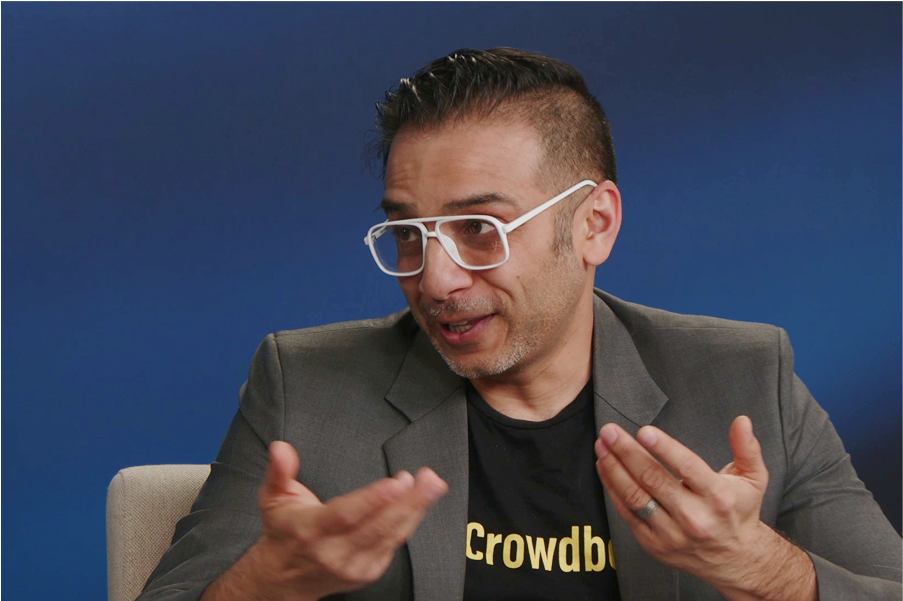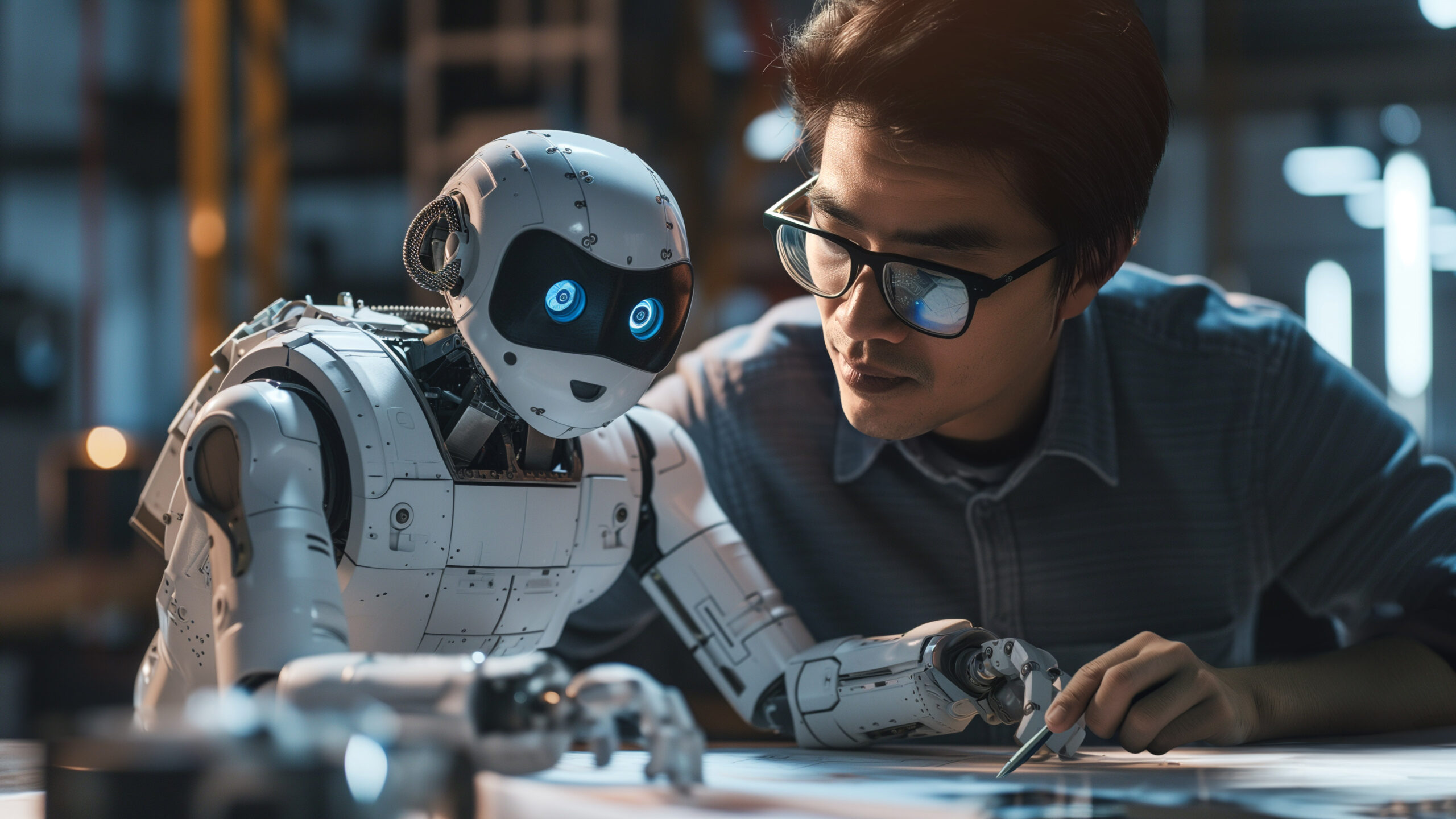July 28th, 2025
3 min read

Crowdbotics deals with the problem of legacy code. A giant morass of information systems running on mainframes and in the cloud are on code systems that are out of date. Crowdbotics Founder and CEO, Anand Kulkarni, says, “We don’t teach people these frameworks anymore. There are not enough engineers around who understand how these systems work, and there’s this societal imperative to move off them. Languages like COBOL or FORTRAN, systems that were built maybe 50 years ago that are still running in production that we need to migrate off.”
Kulkarni, who has a long history in Silicon Valley, tells us how Crowdbotics was created to use AI in the form of large language models to help teams, companies and society move off mainframe code and into more modern frameworks.
Bridges and Barriers
When you book an airline ticket or make a credit card purchase, the transaction most likely flows through a COBOL-based scheduling or payment system. The same goes for medical claims, insurance policies, and even tax payouts. They are all dependent on legacy mainframe code. In fact, a staggering 68 percent of production workloads are still running on mainframes, and COBOL alone accounts for 800 billion lines of code in production.
Kulkarni says, “We have to keep these systems working, healthy, and up-to-date. But we don’t have enough people alive who understand these frameworks to do that.”
This is where AI comes in.

Often, legacy code still exists because application modernization projects have run over budget, faced leadership changes, or simply didn’t get completed as planned. Traditionally, these projects would involve large teams of business analysts, engineers, developers and subject matter experts combing through each line of code, system by system. They’d document every business rule, function, view, screen and component – an effort that could take anywhere from six months to four years.
But with AI, the process of understanding and modernizing legacy code can now be done in a matter of hours or days, depending on the level of human oversight required. Crowdbotics uses AI models trained on specialized data. “We walk over the code base, line by line, ingesting it and building a digital twin of the code,” says Kulkarni. This means creating a graphical representation of the code base and using AI to systematically understand each piece of code.
Once the AI understands the requirements, the really interesting work can start: rethinking and re-architecting the system to fit into new modern frameworks or even the cloud. And, instead of taking six months to two years to extract information, AI can complete this in anywhere from hours to a couple of weeks, again depending on how much human oversight is needed. And the best part? This approach opens the door to enhancing and modernizing the legacy systems with new features and functionality, something that’s always a value-add for organizations justifying migration projects.
AI in Society
“Crowdbotics was founded to address that big problem – legacy code touching 68 percent of workloads in production. For every credit card transaction, flight booking, insurance policy or tax payout, we depend on legacy systems that are out of date, difficult and in some cases impossible to maintain. AI can help with application modernization by taking projects that took months and even years to execute to complete requirements testing and documentation in just a few hours. That process was historically very human resource intensive and prone to project failure or burnout. What’s even more exciting is this technology can unlock not just time to value shifting applications off a legacy code base, but allow development teams to identify new features. In short, application modernization can now be a way to drive new revenue with features for customers.”
Anand Kulkarni, Founder and CEO, Crowdbotics
System integrators play a crucial role in Crowdbotics’ strategy because they understand how to leverage AI to speed up modernization projects and deliver long-term value. “It’s important your partners are not using AI-washing and then just sending a bunch of consultants to do business as usual,” Kulkarni notes.
What sets GenAI apart is its transformative impact. Unlike previous technological shifts, GenAI doesn’t just provide another interface to computing; it fundamentally changes the game. Looking ahead, Kulkarni asks, “How are we going to think about the workplace of the future or society when generative AI is embedded into everything we do?”
Kulkani, who has a long history in Silicon Valley, adds that he sees the culture of the area as a big reason why innovative AI startups like his are on the rise. He credits the Valley’s risk-taking culture, mentorship and support for new ideas, and interplay between companies willing to test and explore each other’s technologies.




